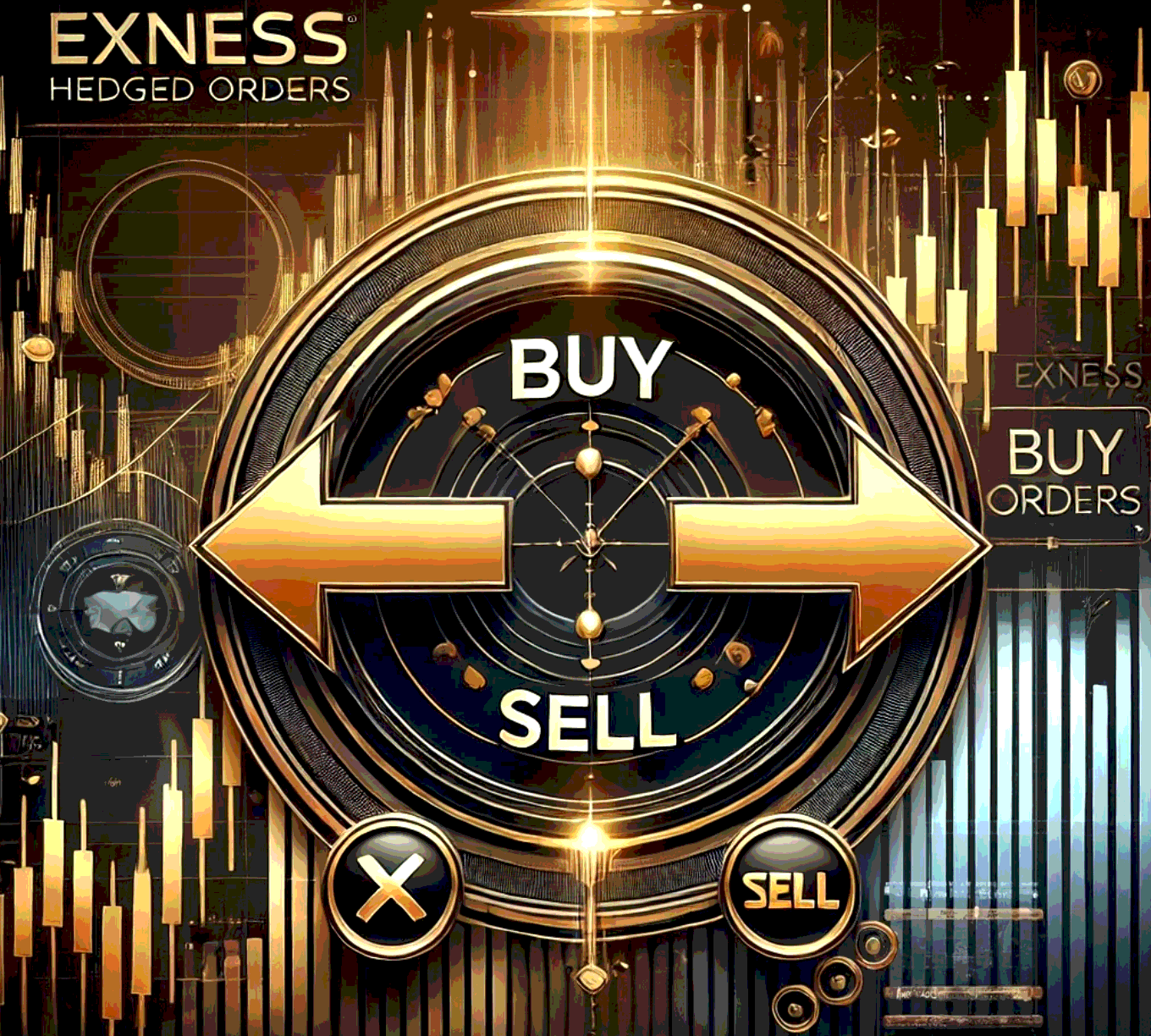
In this article, we’ll look into Exness Hedged Orders, how they work, and why some traders use them during uncertain market conditions. The aim isn’t to predict the market better — it’s to control your risk when things get unclear.
What Are Exness Hedged Orders?
This method locks in your current position’s result. So, even if the price keeps moving, your overall floating profit or loss stays the same. Hedging doesn’t erase the original position — it just puts it on pause until you're ready to decide what to do next.
How Hedging Works on the Exness Platform
This gives you more control. You can close either trade whenever you want, and they won’t affect each other unless you manually decide to merge or modify them. In many cases, margin requirements drop when trades are perfectly hedged, which makes it easier to hold them for a short time.
When It Makes Sense to Use Hedged Orders
Situations where Exness Hedged Orders are useful:
You expect strong market moves but aren’t sure about the direction.
There’s a major news event, and you want to temporarily protect your open position.
You want to hold onto a profitable trade but also suspect a short-term reversal.
You're waiting for a signal confirmation before closing or adjusting your trade.
This method gives you space to breathe, especially when the market becomes unpredictable.
Pros and Cons of Using Hedging with Exness
Pros
- You can freeze exposure without closing trades.
- It helps you avoid emotional decisions during news or volatility.
- Useful for locking in profit or limiting floating loss.
- Can reduce margin usage if positions are the same size.
Cons
- You pay the spread twice — once for each trade.
- Swap fees apply to both sides if held overnight.
- It doesn’t solve a bad trade — it only delays the result.
- Managing two positions instead of one can become confusing.
If you’re considering hedging, think through why you're doing it. A hedge without a clear plan can trap you in indecision.
Common Mistakes to Avoid When Hedging on Exness
Here are some mistakes traders make when using Exness Hedged Orders:
- Holding both trades for too long: This can pile up swap charges and make it harder to manage the overall strategy.
- Hedging without a clear reason: If you don’t know what you’re waiting for, hedging only delays the problem.
- Not tracking both trades properly: Two trades mean more data to follow. It’s easy to lose track of what you planned.
- Using it as a regular tactic: Hedging is best used occasionally, not as your main trading method.
Discipline is key. Hedging works well when you already have a plan for what to do next — not when you’re trying to avoid making a decision.
Final Thoughts
However, the tool works best when paired with a clear exit plan. The double costs from spreads and swaps are real, and hedging too often can turn into a habit that does more harm than good.
For traders who want a short-term freeze on market exposure, especially around news or key price levels, Exness Hedged Orders can be a practical solution — if used with care and purpose.


